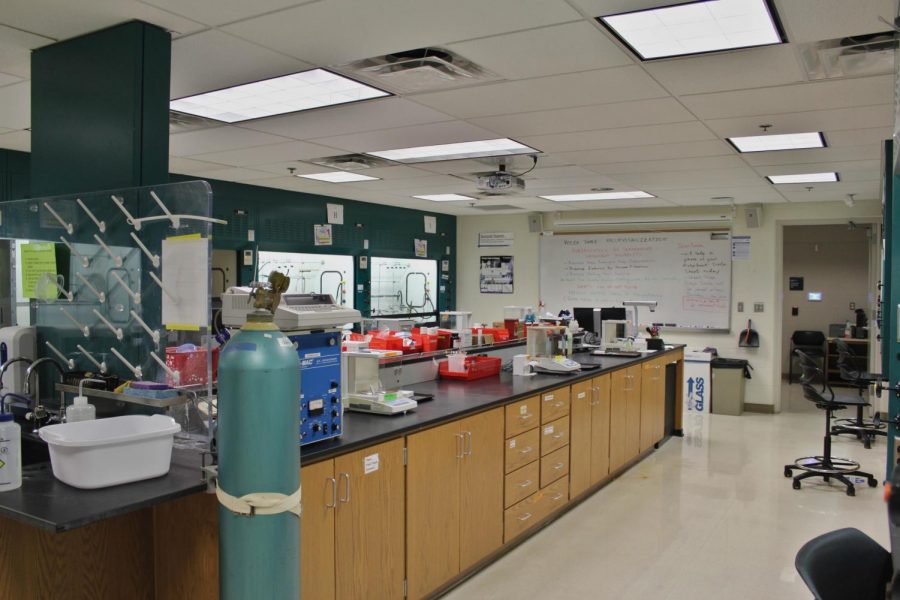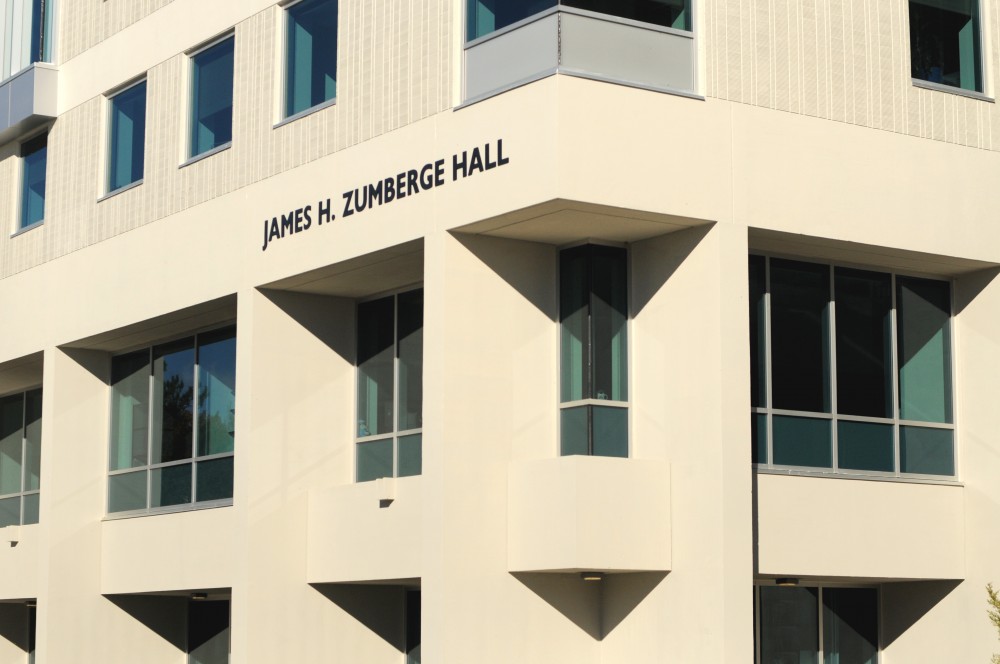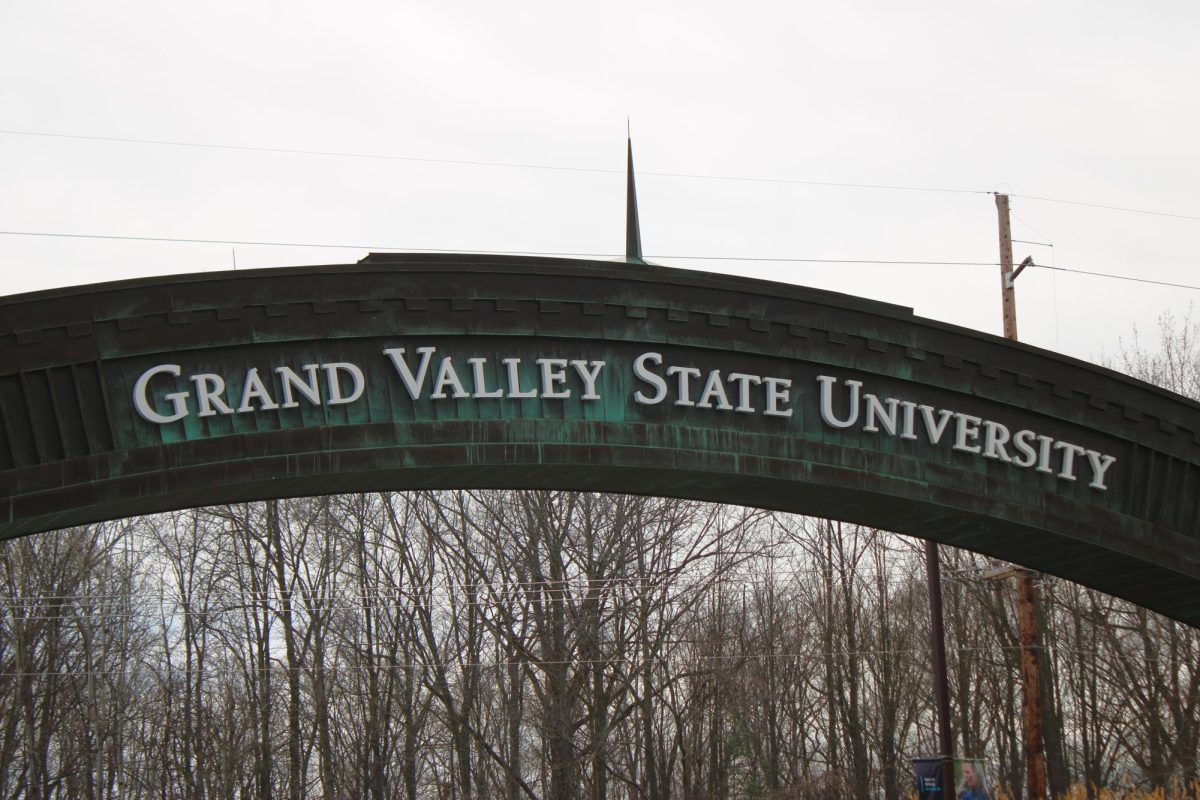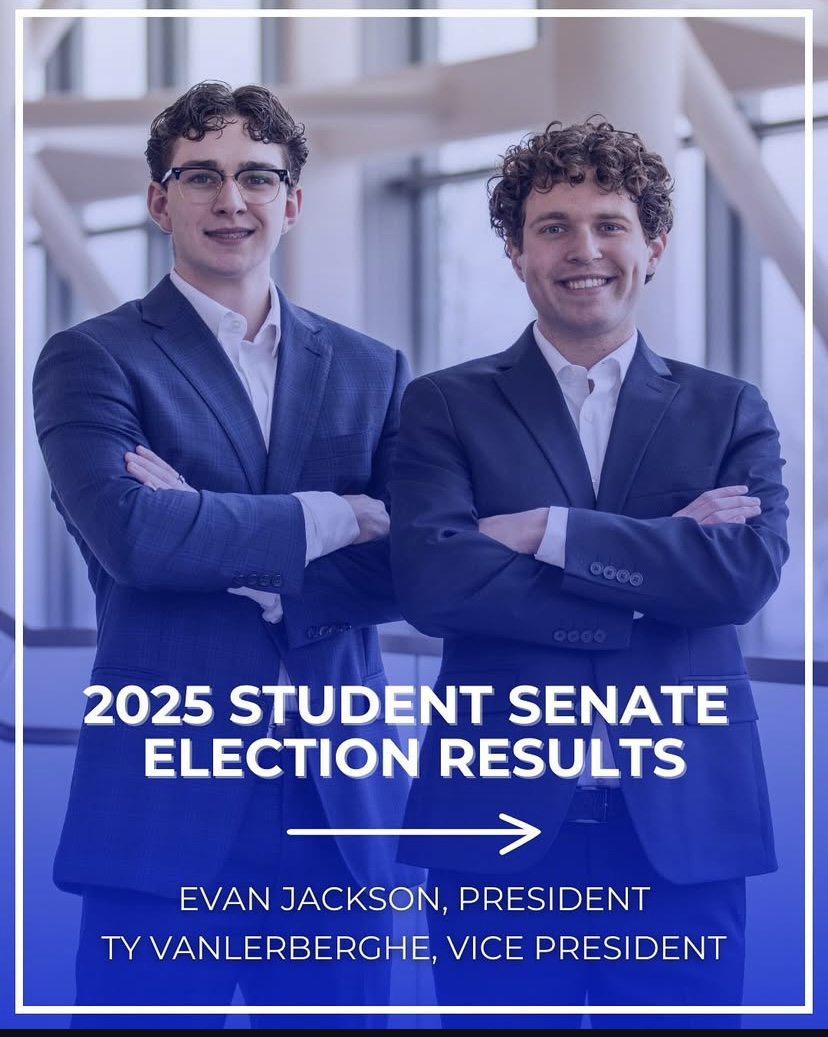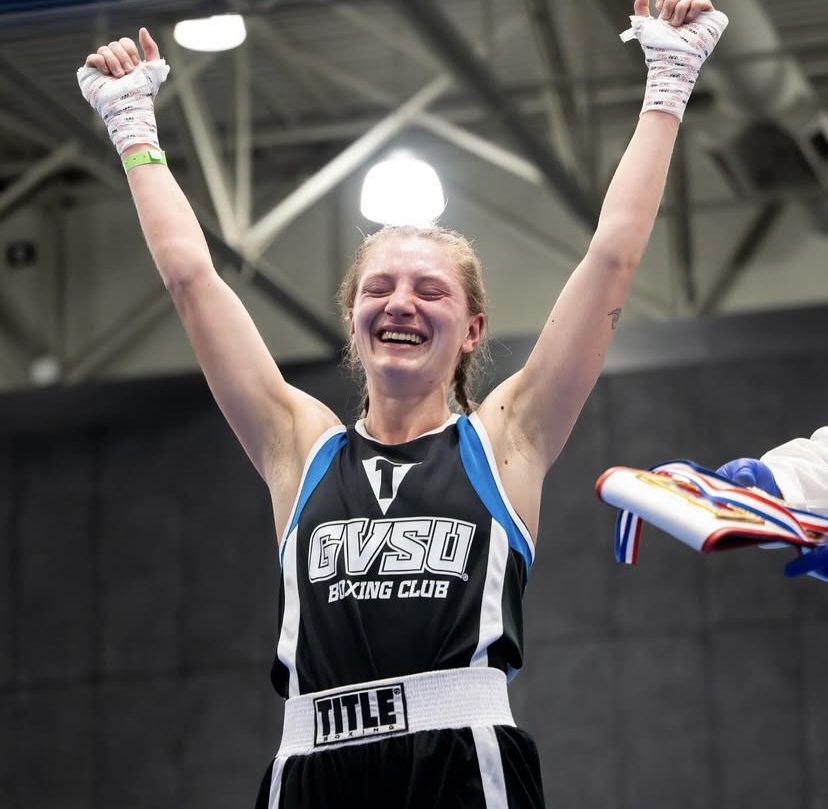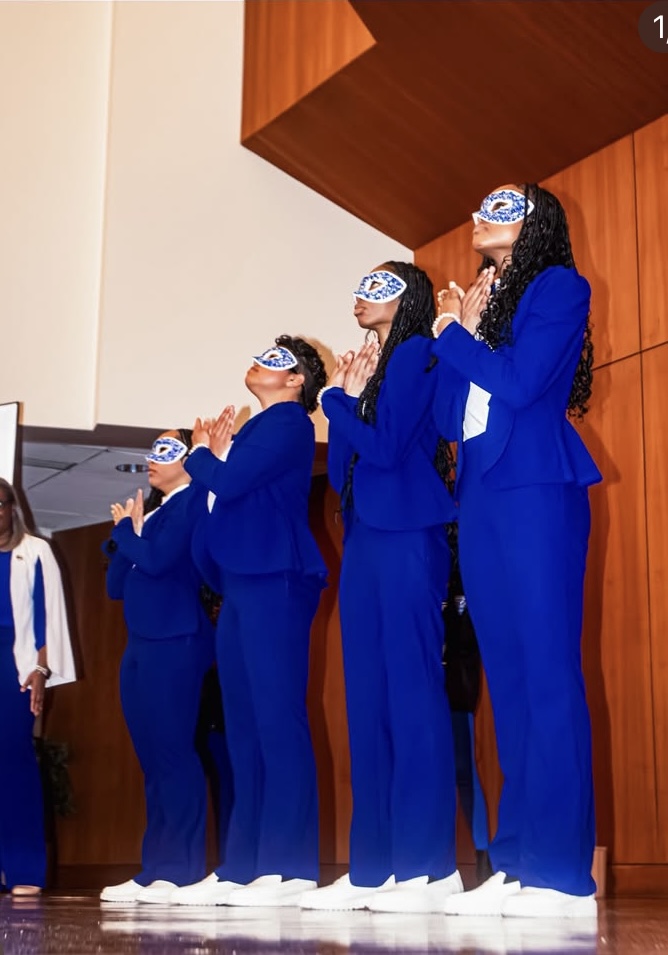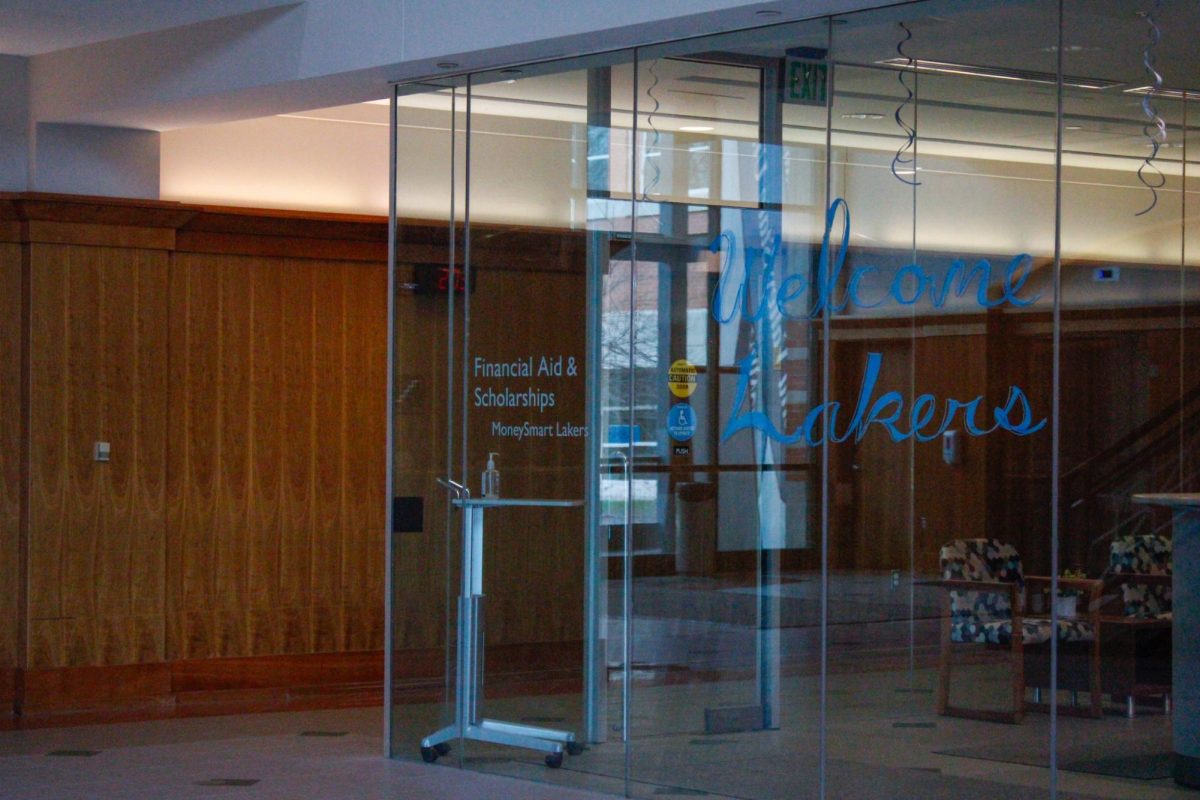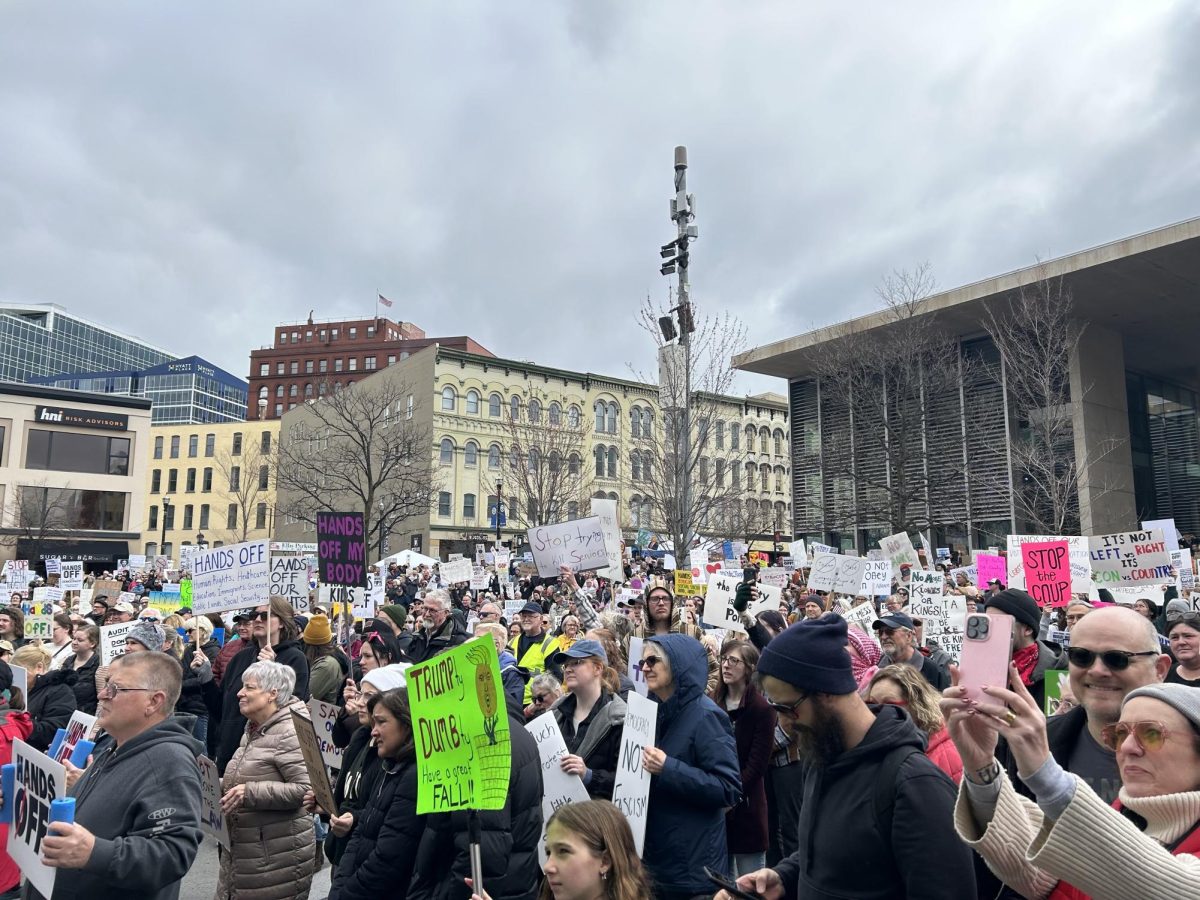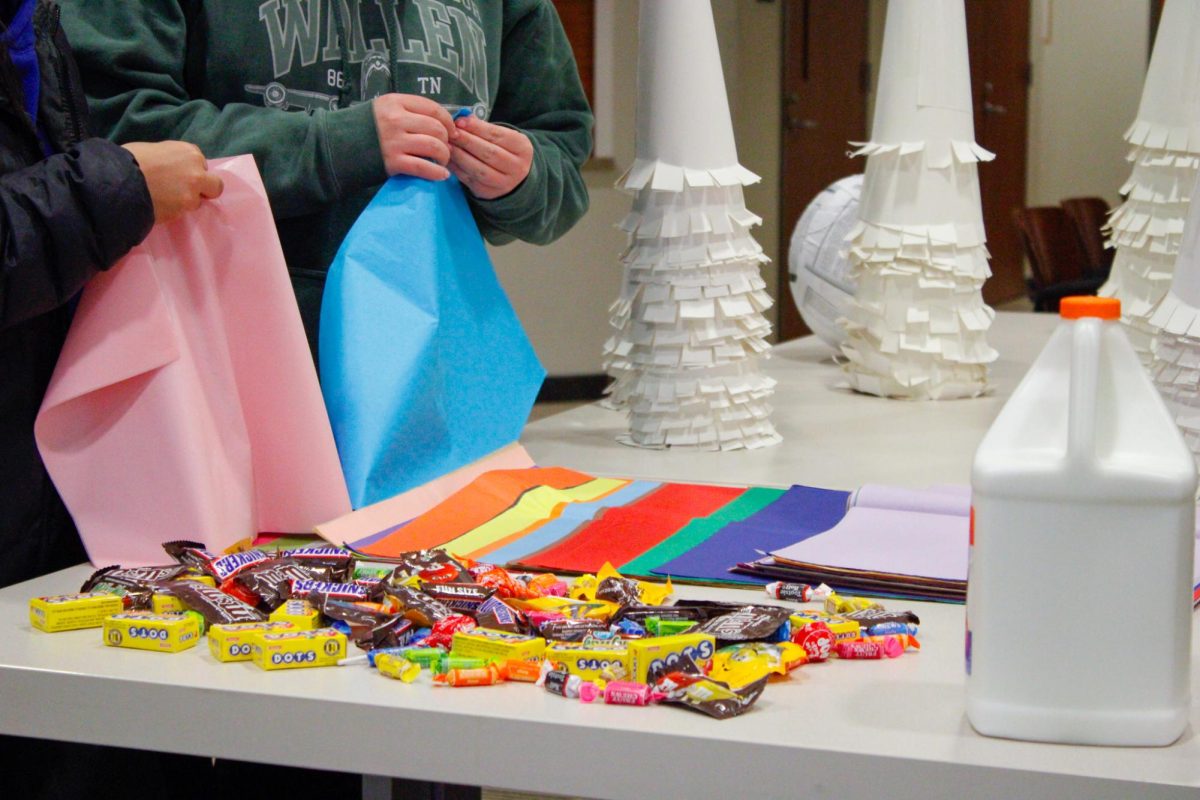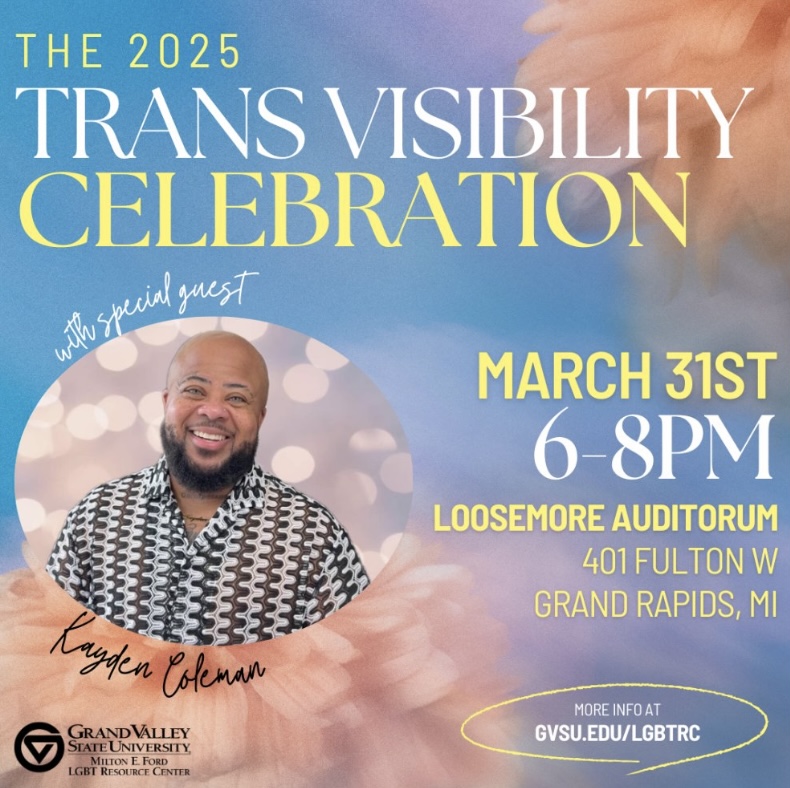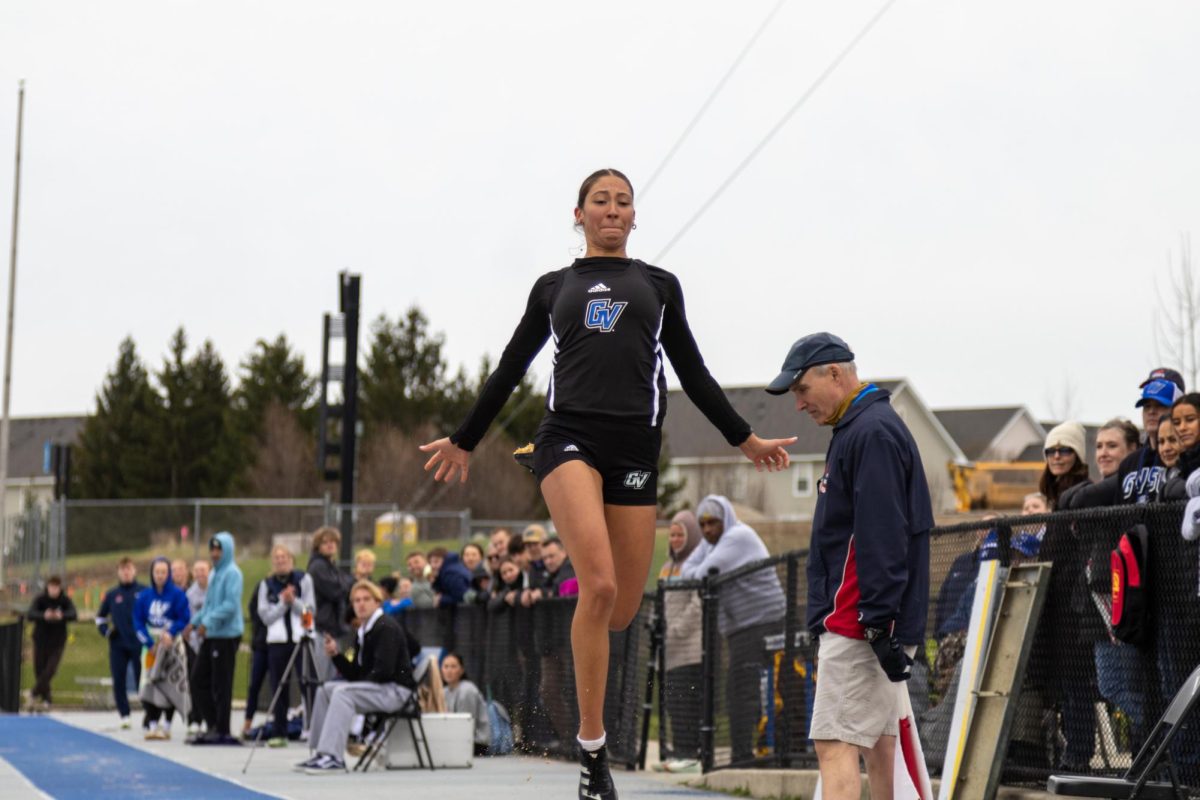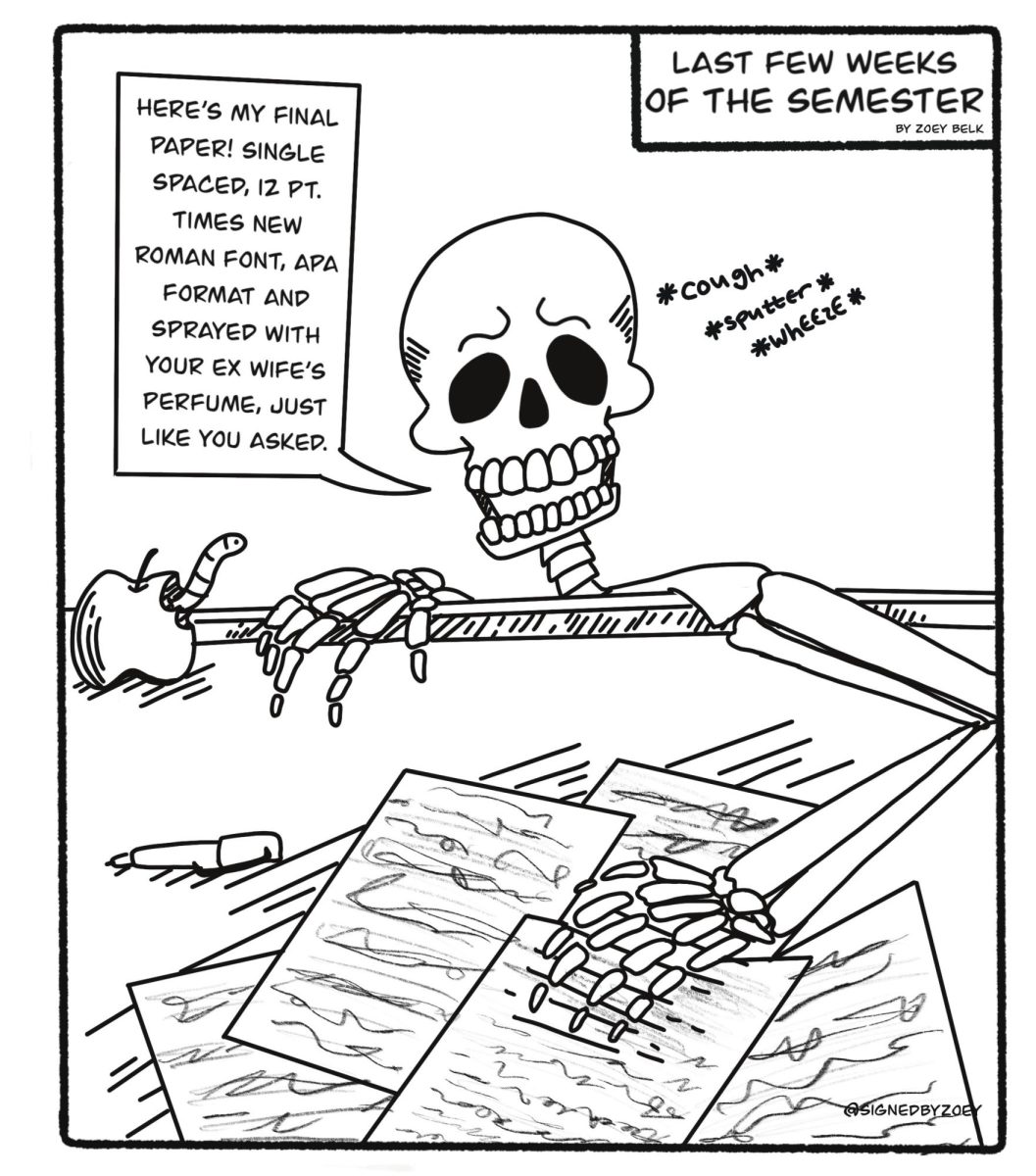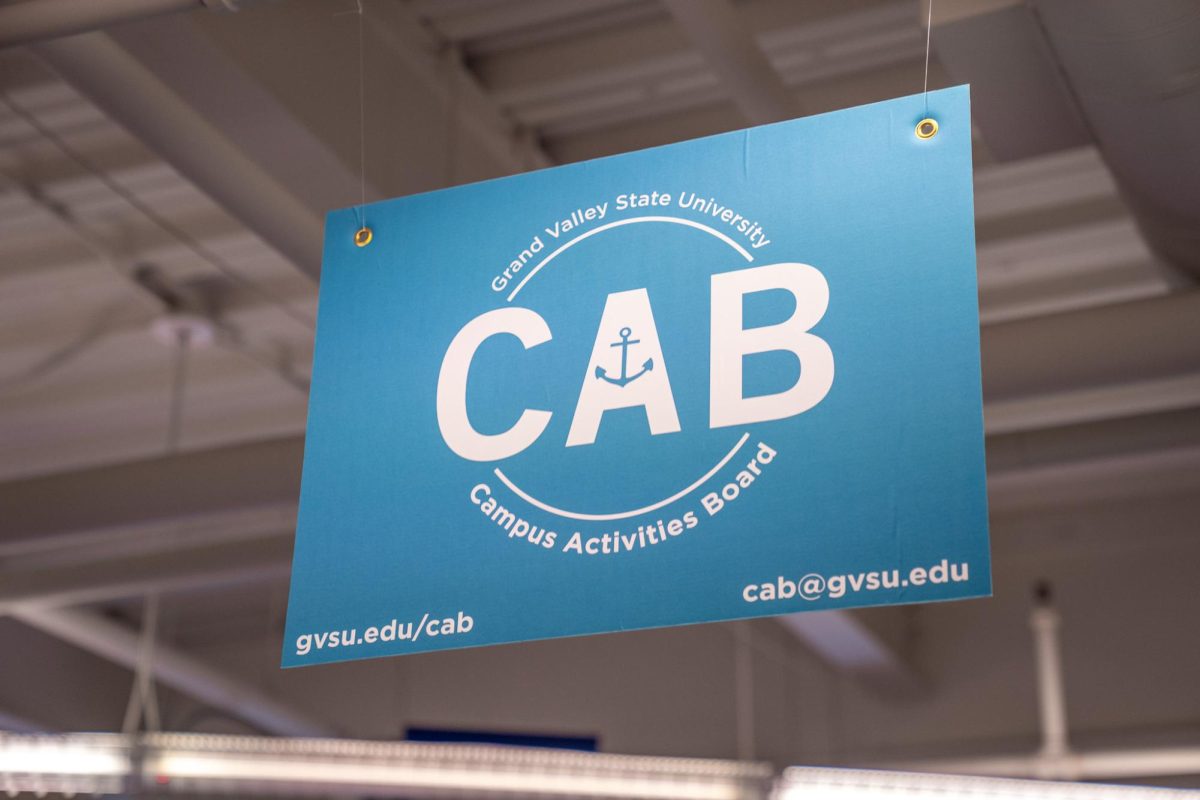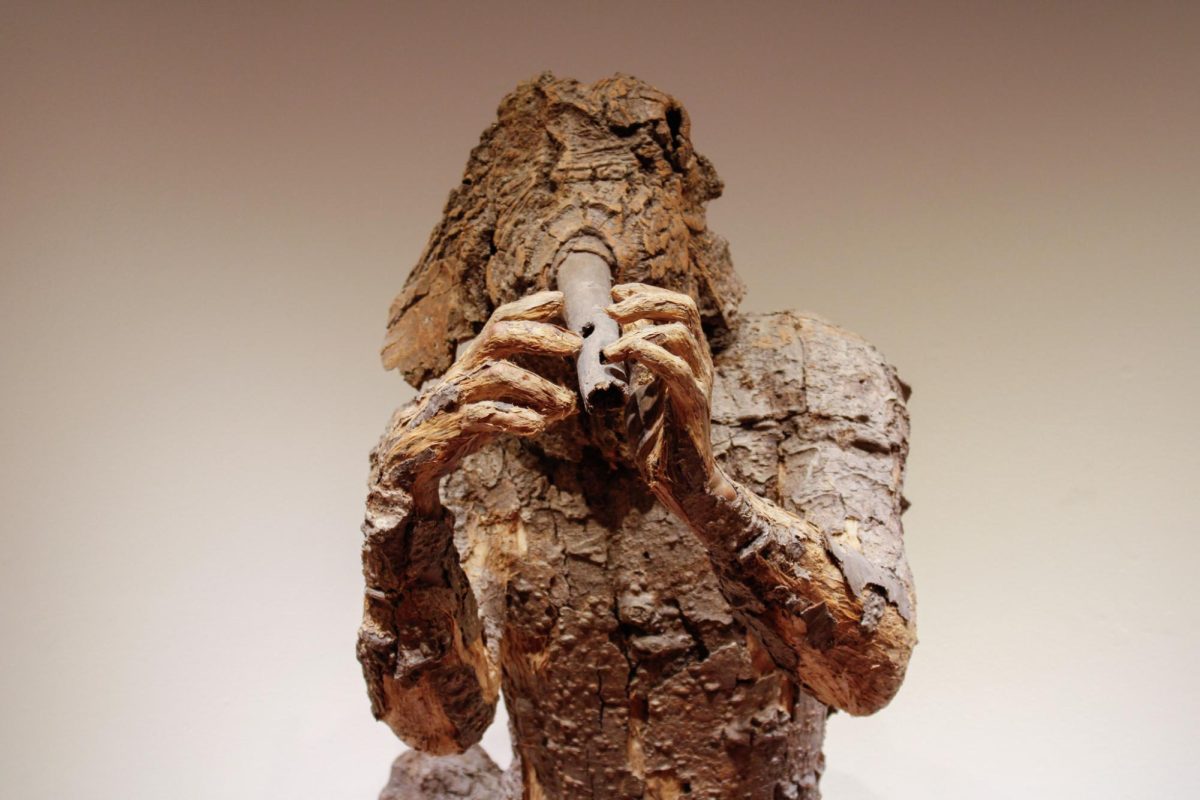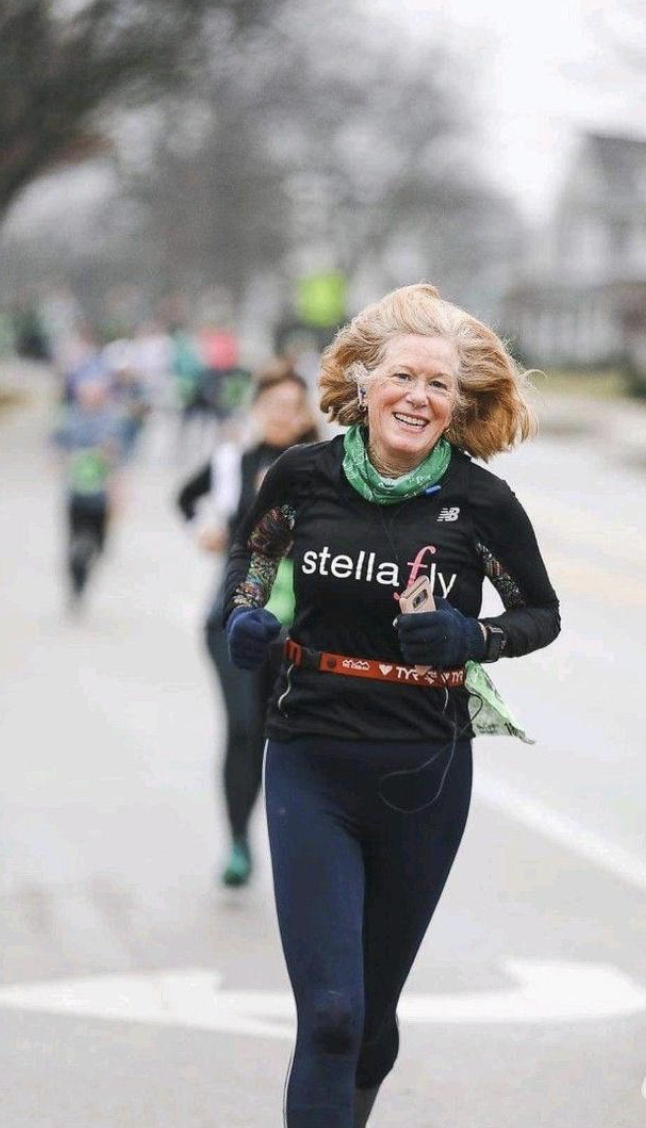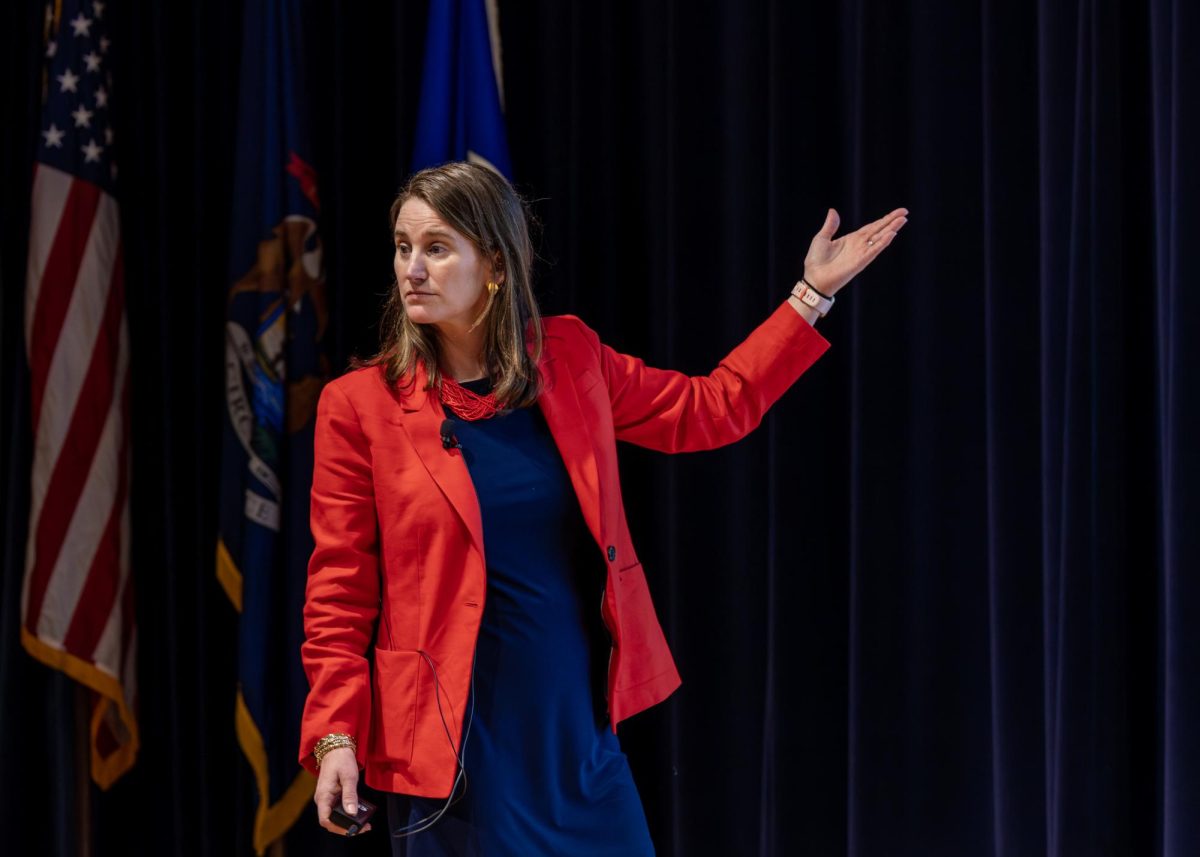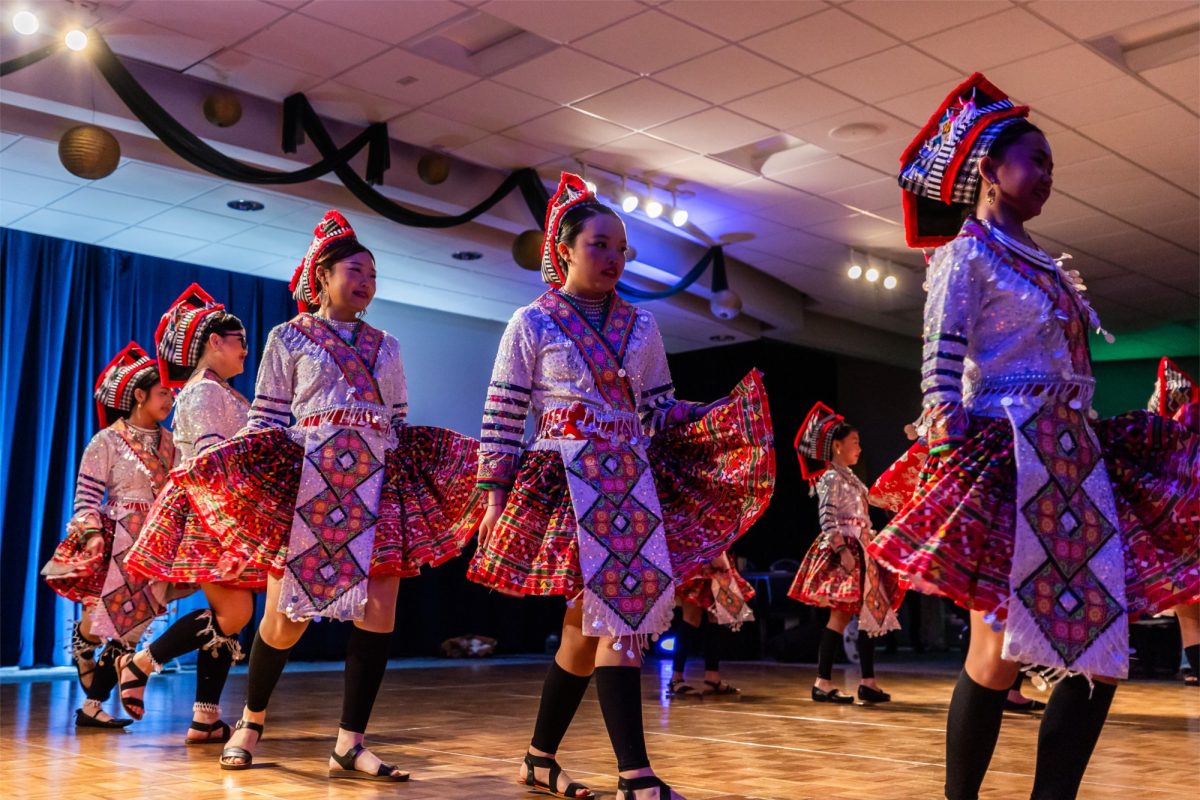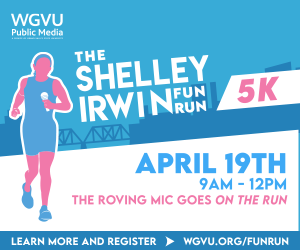COVID-19 changes GV Science Labs
Sep 21, 2020
Going into the fall 2020 school year, many students and faculty weren’t sure what to expect in terms of education and schooling with a pandemic happening. Grand Valley State University didn’t call for its classes to be completely remote like other colleges in Michigan, but it did have some important new guidelines.
Governor Gretchen Whitmer’s major guideline for classrooms requires physical distancing – staying six feet apart – while also making sure to thoroughly sanitize. While some GVSU classes are online, others are in person, with some of those being science labs.
“It’s hard for people to stay apart in the labs when normally they are at a table working together,” said John Bender, a chemistry professor at GVSU.
Classroom capacities have been greatly reduced. The capacity is at 30 -50% of what it used to be due to physical distancing requirements. Desks are spaced out to follow the guidelines. Bender is allowed half of the normal capacity in his classroom; half of the students meet at one time, and the other half meets on another.
“Instead of three sections of lab, I am now teaching six,” Bender said
Not only have chemistry lab professors lost the seats in their classroom, but they have also lost time. Students typically have around 54 hours of lab time during the semester, now they are only able to have 24 hours.
“The students just aren’t getting the same amount of time in labs as they normally would get,” Bender said. “We are expected to teach the same course with 60% less time.”
With less time, pressure is put on professors to figure out what material to cover in the course. They have to choose the most critical and important information to get across to their students.
“Reinventing the course I am already familiar with is the hard part,” Bender said. “I am making very tough decisions about what I can’t teach the students this semester. I can’t do everything that’s normally on the in-person list. I have to pretty much rewrite the whole course.”
While most labs are in person, some professors are making videos of themselves showing students what to do because they can’t help them in class with the handling of materials. Students are expected to watch the video before class so they know what to expect when they come in for the day. Bender says the videos have to be recorded in the lab and the right video angles, lighting and props can be tricky.
“Yesterday, I made five videos for students to watch to prepare them for next week’s lab,” Bender said. “Those five videos are 26 total minutes and it took me 7 hours to prepare and choreograph. I didn’t know any of that stuff before, so I had to teach myself on the fly this summer. It’s very time consuming.”
When students do come to their lab section, the necessary lack of contact can make their work challenging — desks are spaced out six feet, with each student working separately.
“It does force my students to learn everything on their own without referring to their partner,” Bender said. “But normally when I am in a lab with students, I’m walking around, I’m working with them closely, I’m pointing and touching. We have to do that to help students with the equipment. Now I can’t do that.”
Bender says students are adapting well to the changes, with some being easier than others.
“For me, the sanitation wasn’t much of an adjustment,” Bender said. “We already wash our hands, wear gloves and goggles, there are already lots of things built in for safety. We already keep a laboratory environment that is very safe.”




